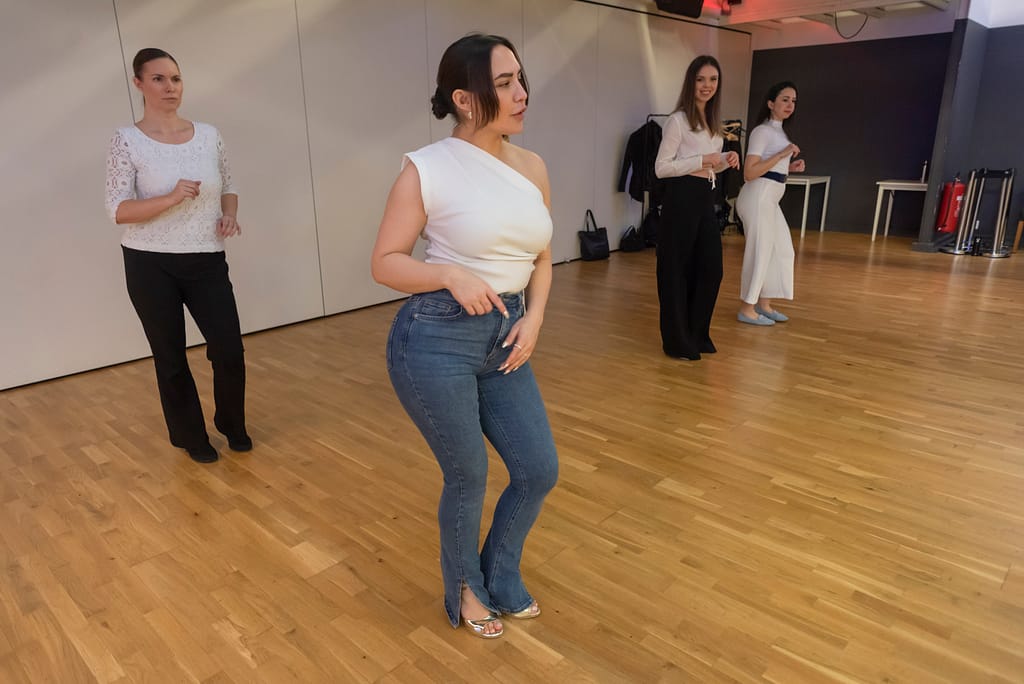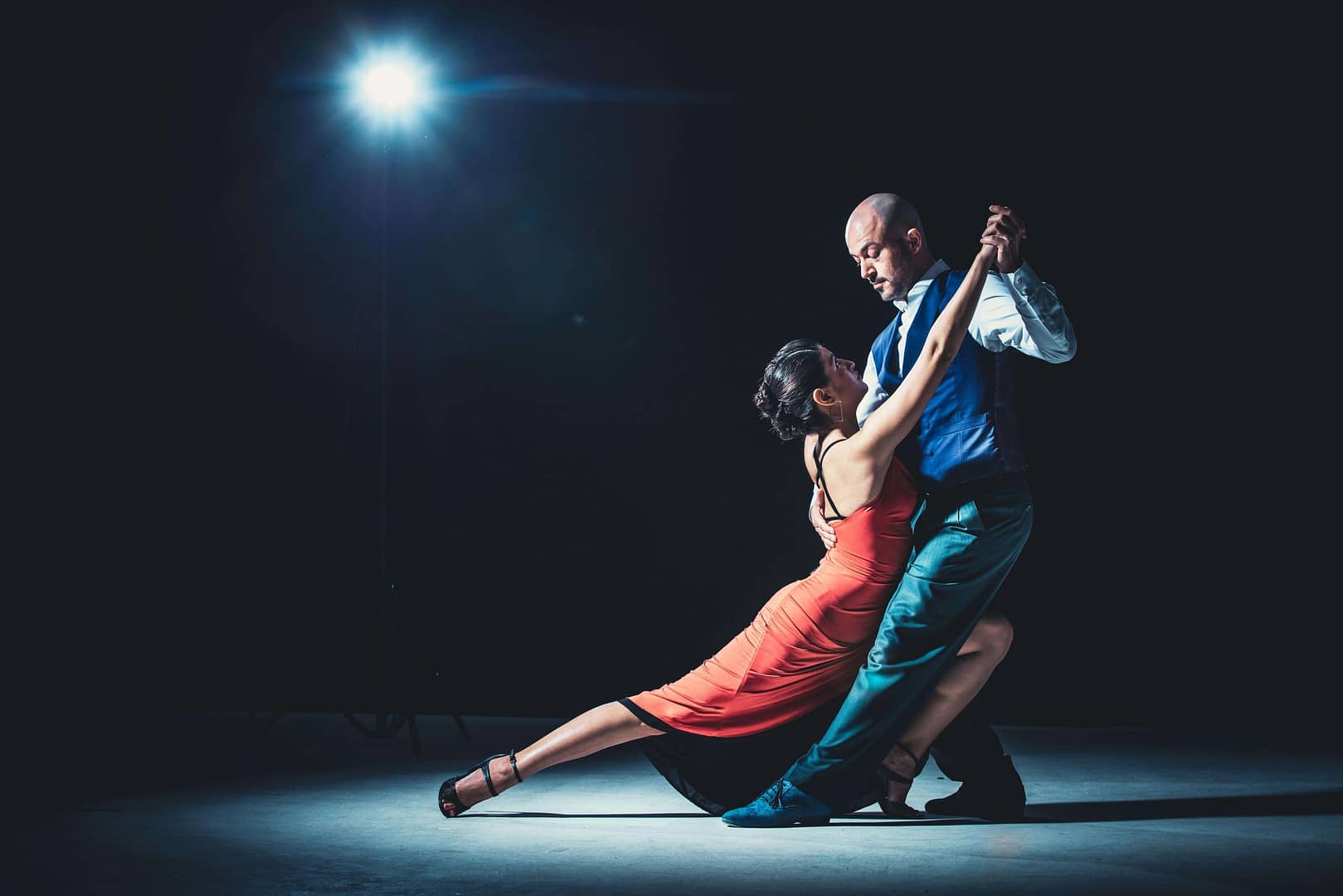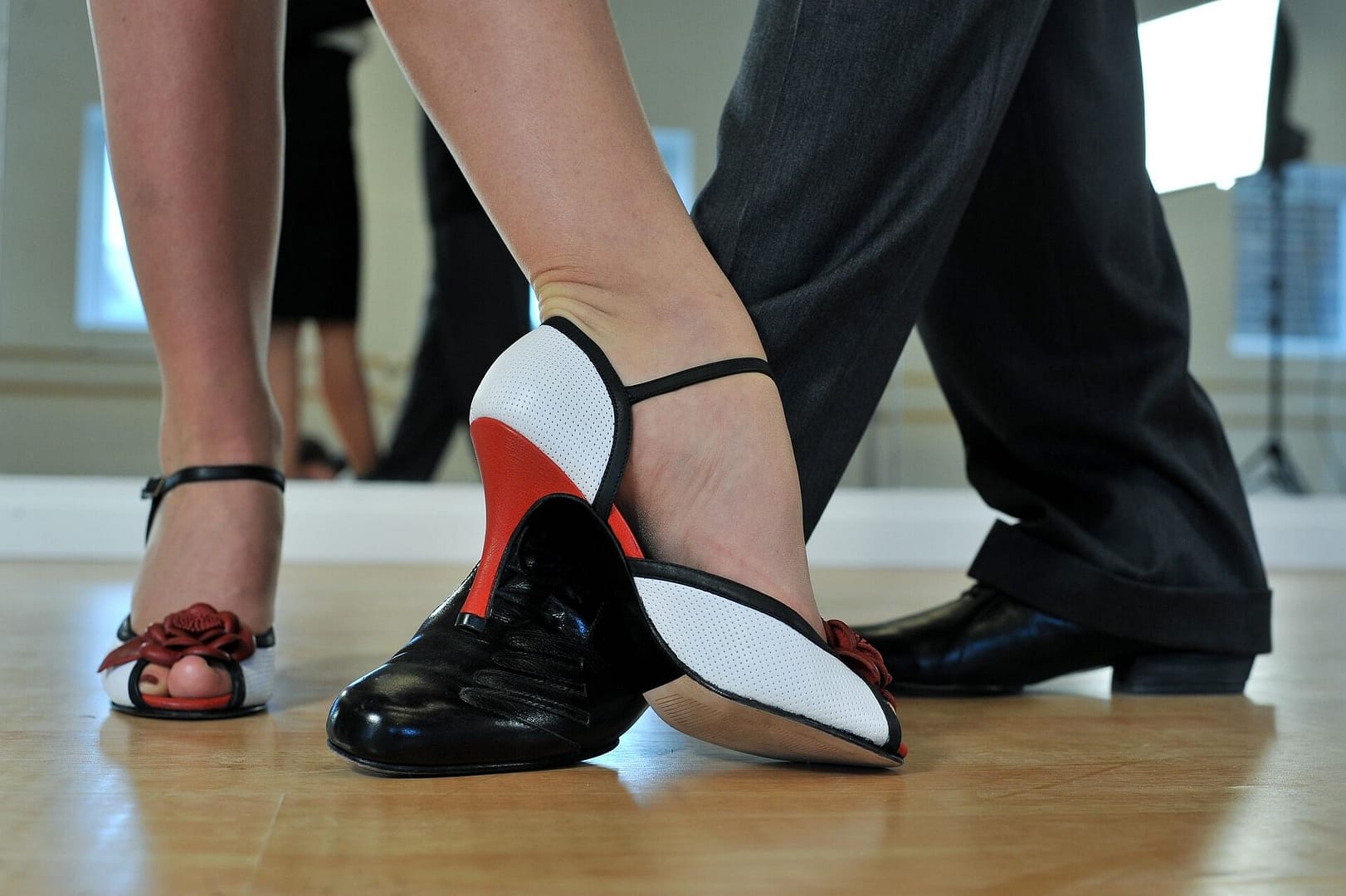Ballroom dancing sparks curiosity – especially among those who love partner dancing, elegance, and connection. In Stockholm, more and more people are searching for ballroom dance classes. But what exactly does it mean? And does it always have to be competitive dancing like the waltz or quickstep?
In this article, we break down what ballroom dancing is, how it compares to other partner dances like salsa and bachata, and what alternatives exist for those who want to start dancing in Stockholm.
What is ballroom dancing?
Ballroom dancing is a broad term for a group of partner dances performed both socially and competitively. It originated in Europe and the United States, with a strong focus on technique, posture, and connection between partners.
It’s usually divided into two main categories:
1. Standard (Ballroom) Dances:
- Waltz
- Tango
- Viennese Waltz
- Slow Foxtrot
- Quickstep
2. Latin Dances:
- Cha-Cha
- Samba
- Rumba
- Paso Doble
- Jive
These ten dances together are often referred to as “Ten Dance”, the most common competitive ballroom format.
Do salsa and bachata count as ballroom dancing?
Not officially – but this is where it gets interesting.
There are ballroom-style versions of both salsa and bachata, especially in Western countries. Techniques like dips, body rolls, and other stylized movements are often borrowed in performances and classes. The modern fusion style of bachata, which emerged around 2005, has been particularly influenced by ballroom:
“Bachata dancers in the Western world have incorporated influences from Ballroom dancing and often use dips, undulations, and other body manipulations.”
Still, both salsa and bachata are fundamentally social dances – rooted in street culture, not competition. Salsa evolved from Cuban son and Latin rhythms, while bachata comes from the Dominican Republic. These styles are freer, more rhythm-driven, and prioritize feeling over formal structure.
For those who love partner dancing
If you enjoy the connection and coordination of dancing with a partner – but aren’t drawn to strict technique or competition – social dances may suit you better.
Here’s why many people prefer salsa, bachata, or kizomba over traditional ballroom:
- More room for improvisation
- Rhythm-based and expressive
- Commonly danced at social events, not just in class
- No experience needed to start
- Music is modern, often influenced by pop, Afro, or Latin sounds

Dance classes in Stockholm – a relaxed alternative to ballroom
If you’re looking to learn partner dancing in Stockholm but want something more relaxed and musical than ballroom, iDance is a great option. We offer classes in:
- Salsa – energetic, rhythmic, and social
- Bachata – smooth, sensual, and melodic
- Kizomba – slow, close, and flowing
Whether you come from a ballroom background or are completely new to dancing, you’ll be welcomed into a friendly environment with professional dance teachers.




